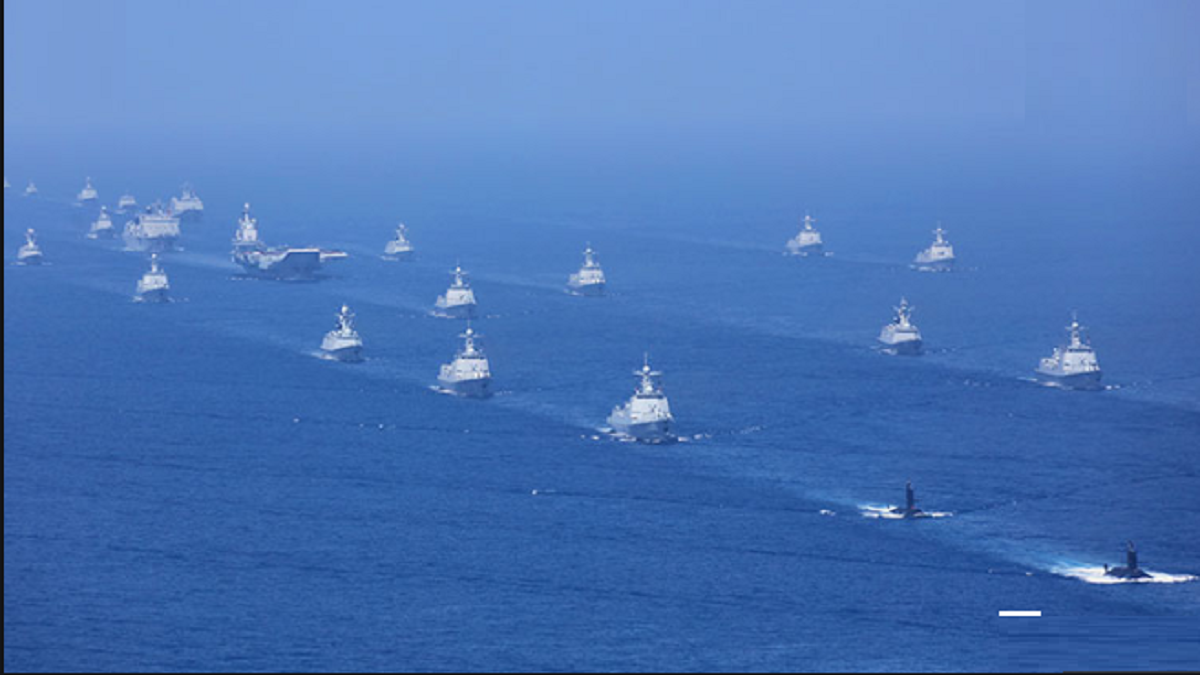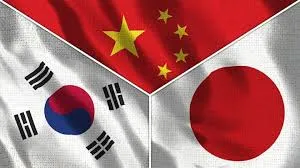USS Nimitz and USS Ronald Reagan have sailed for the South China Sea (SCS), definitely a muscle-flexing manoeuvre by the United States. The Chinese, on their part, have not really been the silent bystander, conducting their own military exercises in the same area. The situation in SCS is ‘eyeball to eyeball’ between two major powers, with the smaller nation breathing relief at some long sought support against China.
Why is the Area so important?
SCS has traditionally been the point of contention between China and other countries who surround it. The main reason being rich mineral deposits which the controlling country would be exploiting. The area is said to have large reserves of oil and natural gas, two of the most sought after deposits in the world. Other than the deposits, the SCS has maritime trade routes which serve territorial countries around it. China for ages has laid claim to the sea and has even been seen to have usurping small islands and aggressively developing them, militarily. It is rumoured that China has also been able to build its first artificial island in the region. Given the fact that 80% of the Chinese energy imports pass through the SCS and so does 37% of its total global trade the area definitely assumes strategic importance for China.
What does the US presence mean?
China has been long eyeing the position of the second pole in a bipolar world. It has not hidden its desire to transform from “another oriental country” to a world economic superpower. The presence of the US navy in the region, that too with formidable firepower to cause some serious damage to the Dragon’s desire would not at all go down well with China. Nobody likes ‘Big Brother’ sitting right on your trade routes with potential to cause some serious damage. Predictably the Chinese military has started flexing their muscles and showing off their might. The PLAN has countered the two Carrier Battle Groups (CBG) of the US with two of their own. Their Chinese media, state controlled albeit, has gone onto an overdrive of a badly controlled Information Warfare campaign, something which it started post the Galwan fiasco with India. Tall claims of the Dragon’s might with questionable information and staged managed videos have been seen to surface on social media recently.
Comparison: who wins?
The US presence is in the form of its “Supercarriers” the Nimitz and Ronald Reagan and its associated groups of ships and submarines. The Nimitz is part of the US seventh fleet and houses about 60 to 80 aeroplanes – of the F 22 Raptor and F/A 18 Super Hornet class, the Reagan is similarly capable. Both the Carriers have their own flotilla known as the Carrier Battle Group (CBG) and the entire package offers some serious firepower, not to forget the eleven more of these that the US Navy can push in, if required. In comparison the PLAAN has two Carriers, the “Liaoning” capable of carrying a total of 36 airplanes including the J15 class of fighters and the “Shandong”, whose sea trials have just about finished. The Shandong would be fit to carry a complement of J15 fighters and helicopters, nothing more, not at present.
The recent claims by the state owned Chinese media about the DF 21 D and DF 26 aircraft carrier killers are yet to be proven. Both are ballistic missiles and are rumoured to have a range of 1,700-2,400 km, at these ranges the first problem the Chinese would face is pick up and pinpointing the target. It either has to be done from space or with a “over the horizon backscatter radar (OTH-B)”, the latter would be required to update the missile in its terminal stages, not a very accurate or feasible option. The PLAN is rumoured to have deployed a self-developed OTH-B radar for the SCS but the success of it is yet to be verified. The US CBGs would be a little bothered with these claims if true but still would hold their edge. Every CBG of the US has their own Base Missile Defence (BMD), a concept wherein the enemy ballistic missiles are shot before re-entry, either post launch or in space. The BMD is a proven umbrella and is worth every penny that was spent on its development.
What does It Mean for India?
With most of the world’s developed nations changing and voicing their dissent to the present Chinese antics, CoviD, Hong Kong, Galwan and SCS all inclusive, the scene for India couldn’t have been better. The Dragon is now being encircled and may be forced to relax its posture with India so as to focus on more emergent fronts. For the past few days India has been gaining positive vibes from most of the developed nations of the world. That speaks a lot about the governments’ maintenance of relations with these countries. The diplomatic elation, coupled with the squeeze on China from all sides, may actually deter China from exercising, uncalled for, aggression towards India. This gives us the much needed time to tighten our belts and be ready for the next round of antics by the PLA. China can ill afford to spark off an incident and go into a war, be it with the US or with India, war at this time would signal the death knell of the Chinese dream of economic supremacy and surely the Red Dragon wouldn’t want it.
Amit Ranjan Giri is a veteran of the IAF who retired as a Wing Commander. An erstwhile fighter pilot who has flown the MiG 27 and MiG 21 aircraft, Giri has served the IAF for 24 years. He has also been a Ministry of Defence PRO before retirement. At present, the Wing Commander flies for a commercial airline and writes on defence-related matters in his spare time.























